By Robert Heege
Just before six o’clock on the morning of October 15, 1917, a caravan of five rickety automobiles departed the prison at Saint-Lazare and proceeded to make its way post-haste through the gaslit streets of Paris. Slicing through the morning mist, the little convoy trundled along the wide cobblestoned boulevards of the French capital until it reached the old Chateau de Vincennes at the southeastern edge of the city.
There, on a muddy field inside the grounds, a troop of soldiers was waiting for them in the predawn chill. As the automobile doors swung open, all eyes were on the tall, elegant woman in the long pearl-gray dress, gloves, and matching hat, who could be seen tenderly assisting an elderly nun who wept visibly as she stepped down from the runningboard of the second car. There followed an equally frail priest and a younger nun, both in a similar state of grief. A gendarme followed close behind, along with an entire retinue of court officials and army officers on hand to bear witness.
Like a visiting head of state reviewing an honor guard, the graceful woman in the fashionable clothes led the way past a veritable battalion of soldiers, who instinctively snapped to attention as she went by. At this point, most of the lady’s entourage peeled off and made for their appointed places, leaving only the two sobbing nuns and the old clergyman with her, offering up prayers in their choked, tinny voices. She was still leading the elderly sister gently by the arm, lest she slip in the muddy, dew-soaked grass.
A few yards away stood an officer and 12 men in the uniform of the 4th Zouave Regiment. They, too, were standing at attention, waiting. “I don’t think it’s safe for you to accompany me any further, sisters,” she said, kissing the nuns goodbye.
A stone-faced sergeant-major came forward to take her by the arm and lead her the last few yards, to the spot where a makeshift wooden stake had been pounded into the damp ground. Recoiling from his touch, she turned her back on him and walked alone to the place indicated before turning about to face her executioners with a theatrical flourish.
Unanimously Condemned to Death
The chief clerk of the military court emerged from the assembled throng and read the official sentence: “In the name of the people of France, by order of the third war council,” he intoned, “Marguerite-Gertrude Zelle, unanimously condemned to death for espionage.” The sergeant-major offered her a blindfold. She refused it. he turned and marched briskly past the waiting Zouaves, growling under his breath as he did so. His words would become a part of the legend. “This lady knows how to die.”
Nervously, the sub-lieutenant raised his saber. In response, the Zouaves lifted their rifles with a clatter and took aim. The young officer trembled. His eyes betrayed his emotions. Seeing this, the lady returned his gaze sympathetically, bowing her head slightly as if warmed by a suitor’s compliment. “Merci, Monsieur,” she said. Then she blew the firing squad a kiss. The officer lowered his saber. One of the Zouaves fainted dead away. The rest discharged their weapons. Mata Hari, the most celebrated woman in the world, was dead.
The abandoned daughter of a bankrupt Dutch hatter, Mata Hari was born Margaretha Geertruida Zelle in Leeuwarden, the Netherlands, on August 7, 1876. Orphaned at 15 by the death of her mother, the impoverished girl did have one thing going for her; at five-feet-ten, the dark-haired, dark-eyed young Amazon was an exotic specimen by Dutch standards. Married at 18 to Captain Rudolf Macleod, a colonial officer 21 years her senior, she had already survived a decade of abuse in the Dutch East Indies at the hands of her drunken, belligerent husband by the time she returned to the Netherlands in 1902.
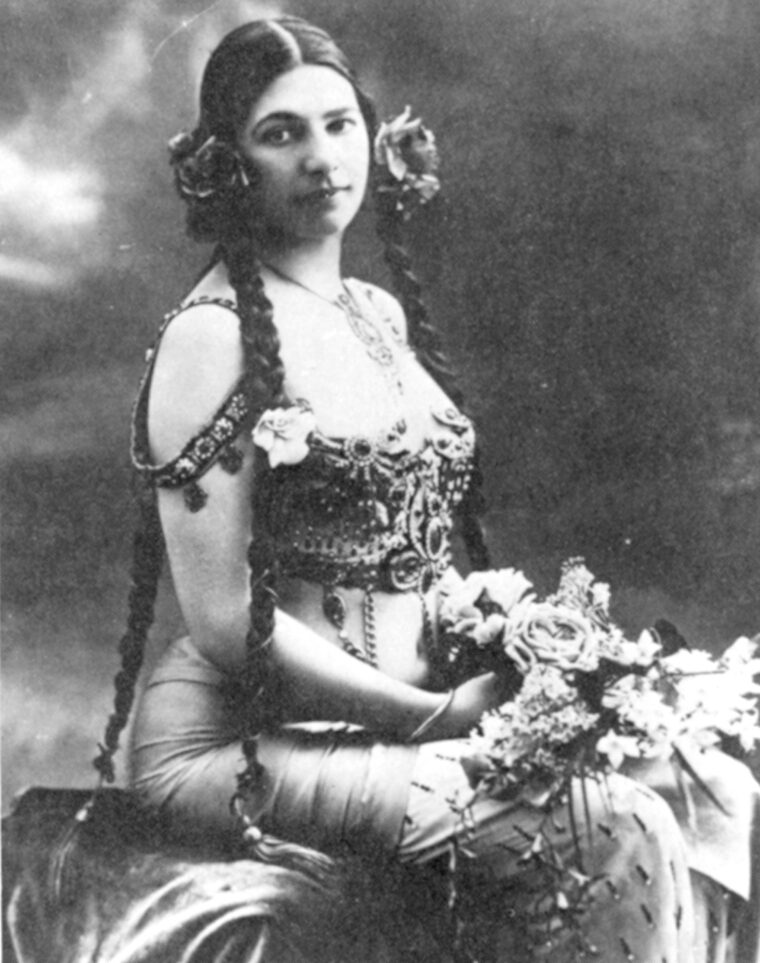
Soon after leaving her husband in 1903, the 27-year-old caught the eye of a French diplomat. She brazenly followed him back to Paris and was soon installed in a fashionable flat on the Champs Elysees, cheerfully trading sex for a supplemental income. Together, they hit upon the idea of introducing her into the seemingly endless rounds of elegant soirees that were all the rage in Paris, reinventing her as a kind of Eurasian mystery woman. Drawing on what knowledge of the Indies she had managed to pick up in Java, a shamelessly fictional past was conjured up to go with this new identity.
“Eye of the Dawn”
Entertainment of one kind or another was a mainstay of such affairs in those days, and so, one evening, murmuring in Malay and clothed in little more than half a dozen diaphanous silk veils, Zelle cavorted before an audience of dowagers and dilettantes in a riotously suggestive dance of her own invention. Overnight, she became the darling of the decadent set. Collecting well-heeled lovers the way most women collect shoes, by the spring of 1905, Mata Hari (Malay for “Eye of the Dawn”), as she now called herself, was simultaneously the most famous—and infamous—woman in Paris.
The rest of Europe beckoned, and during the years 1905-1906, the self-styled “dancer” gave several unique “performances” in Madrid and Monte Carlo. But as the novelty inevitably began to wear off, maintaining the public’s fascination with her increasingly rounded curves began to prove ever more difficult. Although she performed in public less and less over the course of the next six to eight years, Mata Hari found that in the boudoir, her private performances were in as much demand as ever.
Following the end of her run in Monte Carlo, Mata Hari decamped to Berlin, Germany, where she became the mistress of a wealthy cavalry officer. The very much married hussar, whose name was Alfred Kiepert, not only provided his newest mistress with a luxurious love nest in which to live, but he seemed to delight in showing her off. Lieutenant Kiepert saw to it that Mata Hari was soon hobnobbing with generals, field marshals, and other medal bedecked denizens of the Teutonic warrior class. Her attendance as an observer at the German military maneuvers in Silesia in 1906 created something of a minor sensation. Far from being jealous of her attentions, Kiepert, in the manner of a true German Junker, would even turn an obligingly blind eye when a number of his superiors, including, it seems, the Crown Prince himself, began conducting private “maneuvers” with the lady who had gone from the best-known performance artist in Europe to the most sought after courtesan on the Continent. Her generous German lover would continue to bankroll her through the end of 1909.
Still hungering for the limelight, she was back in Paris by 1910, but found that as an “act” she was no longer in demand. She consoled herself by becoming the consort of a wealthy banker. By 1912, having almost single-handedly succeeded in bankrupting her banker lover, Mata Hari was once again obliged to take to the boards and revive her “career.” By the end of 1913, she was reduced to casting her pearls before the groundlings. On March 23, 1914, the 38-year-old’s frenzied undulations on the stage of a Berlin music hall prompted a call to the local polizei and an accusation of public lewdness.
That summer, with the outbreak of World War I, she returned to neutral Holland. There, salvation of an all too familiar sort arrived in the form of the very rich and, apparently, very susceptible Dutch nobleman, Baron Eduard Willem van der Capellen, who installed her, according to her usual style, in a fashionable house in The Hague overlooking one of Holland’s famous canals.
Catching the Attention of French Intelligence
Still craving the old excitement, she would return to Paris like a moth to a flame several times over the next two years, a feat that was easier said than done in a Europe convulsed by war. But Paris was different now—a wartime capital. The woman who had counted among her lovers so many highly placed German officers before the war now began to suspect that she was being followed. She was right. French Intelligence was keeping an eye on her.
In the spring of 1916, Mata Hari, the most notoriously jaded courtesan in the world, inexplicably lost her head and fell hard for a young Russian officer, Captain Vladimir (Vadim) Masloff. The equally infatuated Masloff was a member of an elite Russian unit, the 1st Special Imperial Regiment, which the Tsar, in a display of wartime solidarity, had sent to France to fight shoulder to shoulder with Russia’s allies on the Western Front. He was 21; she was 40. Returning to the trenches some time after their affair began, Masloff was wounded in a gas attack. His lungs and vocal cords were seriously affected. Worse still, the effects of the gas left him permanently blind in his left eye and in serious danger of losing the sight in his other eye as well.
Upon learning that Masloff was recuperating in a military hospital near the spa town of Vittel, Mata Hari began moving heaven and earth in an attempt to see him. The problem was that Vittel was right in the middle of what was then called le Zone des Armées, an area mostly off limits to nonmilitary personnel. Undaunted, she spent most of the subsequent summer months beating a path to the door of what seemed like every bureaucrat in France, until in early August 1916, she came to the attention of one Captain Georges Ladoux, a French Intelligence officer charged with organizing counterespionage against the Germans.
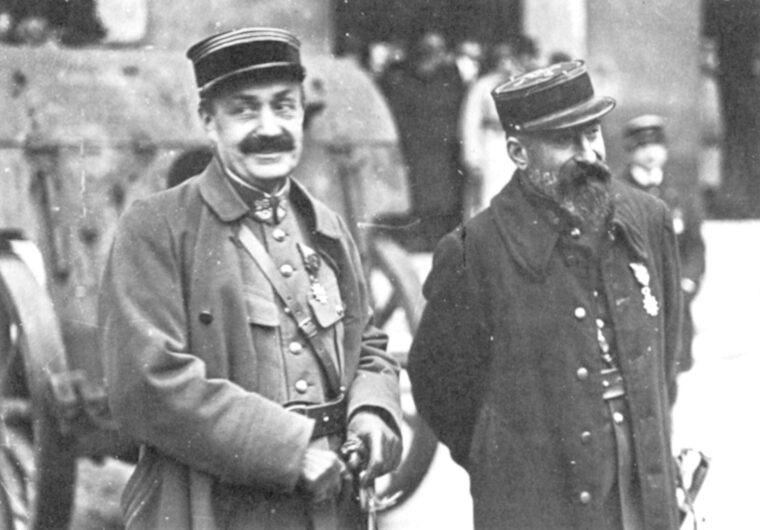
Advancing the fiction that she merely wished to travel to Vittel to take the waters, she soon discovered that Ladoux knew exactly what she was up to. What she didn’t know was that British Intelligence had informed its French counterpart that she had aroused the suspicions of one of their operatives during her travels in and out of the war zone. It was even suggested, without the slightest shred of evidence, that she might be one of several enemy spies recruited, trained, and operating out of Antwerp, in occupied Belgium, as part of the espionage network run by the infamous “Fraulein Doktor” Elsbeth Schragmuller, one of the more shadowy figures in German Intelligence. The British were openly wondering if she might not be the face behind the code number AF 44 mentioned in decoded German intercepts.
Masloff’s Shocking Condition
Ladoux coolly grilled the aging courtesan in an attempt to determine where her sympathies lay in the Allied struggle against Germany. Although officially a Dutch neutral, she declared that she considered herself a Parisienne and naturally hoped for a French victory. Ladoux then asked her if she would consider demonstrating this loyalty by making use of her neutral status and her unique past associations in Germany by becoming a spy in the service of France. Sensing her surprise, he blithely told her she need not answer right away. He also approved her request to travel to Vittel.
Shocked by Masloff’s condition, the courtesan who had lived off rich men most of her adult life decided that she would do whatever she had to to provide for his care. In the hopes of scoring one spectacular success and collecting a huge reward, she returned to Ladoux and agreed to take him up on the offer.
Back in Holland she had made the acquaintance of an odious little man named Wurfbein, whose company supplied foodstuffs to the German Army occupying Belgium. Dropping names, as people often do when trying to impress beautiful women, Wurfbein offered to introduce Mata Hari to the German Military Governor, General Moritz von Bissing, the next time she found herself in Brussels. Having been so successful at captivating high-ranking German officers a decade earlier, she was sure that once in her clutches, von Bissing wouldn’t have a chance. She could only imagine the military secrets she would pry out of him once she got him between the sheets.
Mata Hari revealed her plan to Ladoux. He hesitated, but, intrigued by her fantastic scheme, could not resist inquiring as to the price she would demand for such services. She would do it, she said, for one million francs. Ladoux continued to demur, even going so far as to tell her that there were many in Allied intelligence circles who widely suspected her of having committed espionage on behalf of the Wilhelmstrasse, and that frankly, he was one of them. Ignoring these slights, Mata Hari put forward the deal-maker: If she failed, she would expect to receive nothing. In the end, Ladoux gave her the nod. After all, it was her life to lose.
Ordered to proceed to neutral Holland and wait for further instructions, at 9:50 pm on October 5, 1916, Mata Hari boarded sleeping car number 2492A, berth number eight on the express train to Spain, the first leg of her circuitous route back to her canal-front home in The Hague. We know all this because French Intelligence was still watching her every move.
By November 7, she had already secured passage aboard the Hollandia, a Dutch merchant ship, and was on the high seas embarking on the second leg of her journey. Adhering to the wartime regulations, the ship dutifully put in at Falmouth, England, where the British authorities came aboard to conduct a search of its cargo and inspected its passengers.
Arrested and Thrown in British Jail
The British at this time were particularly obsessed with a woman living in Spain who went by the name of Clara Benedix. She claimed to be Spanish. She was not, nor was she the humble flamenco dancer that she claimed to be. Clara Benedix, if that was even her name, was a German spy. The fact that Mata Hari was both a woman and a dancer was enough to convince the British that she fit the profile. Despite her protests, she was arrested and hauled off to London.
For several days she was interrogated by Special Branch, Scotland Yard’s counterespionage unit. She told them that she was on a secret mission for French Intelligence and to contact Ladoux for confirmation. They did, but neglected to mention, perhaps out of embarrassment, the whole absurd Clara Benedix comedy of errors.
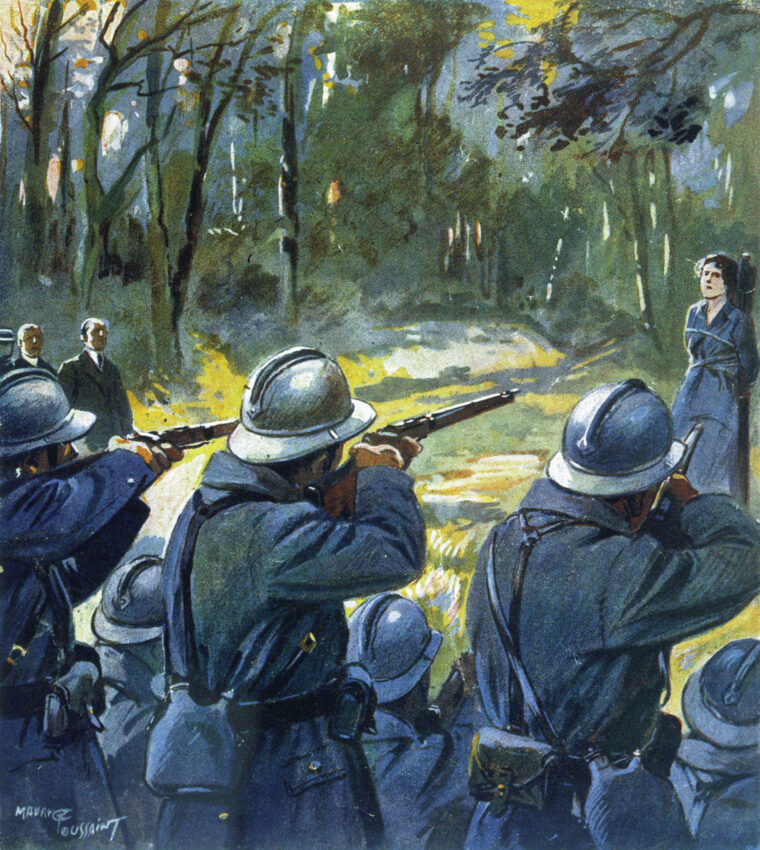
Ladoux, who was already aware that the British had long been suspicious of his protégée, could only assume that these suspicions had deepened. Concerned with insulating himself from any future fallout, Ladoux disavowed any knowledge of her. Nevertheless, he cryptically instructed the British not to allow Mata Hari to proceed on to Holland, and to return her to Spain instead. This was done. By this time Ladoux was stating publicly that she was not one of his agents and that if she was going on any kind of secret mission it must be for the Boche!
Mata Hari knew nothing of her controller’s disavowals. Marooned back in Spain, and unable to proceed with her stated mission, the amateur spy tried to figure out a way to salvage the situation. Spain was full of German uniforms. She would seek out another victim.
In December 1916, she began to ply her seductive skills on a German attaché, Major Arnold Kalle, with the express purpose of pumping him for any useful information that she could pass on to Paris. A wary Kalle began to spoon-feed her useless, outdated information during their assignations until he tired of the whole charade and denounced her. At that point, Mata Hari concluded that she had done all she could in Spain and boarded the express for France.
Back in Paris she soon found that Ladoux was refusing to even see her. When he eventually did meet with her, he coldly informed her that the intelligence bonanza she thought she had was utterly worthless and that she would have to do better than that if she expected to see so much as a sous. It was a bitter blow, but Mata Hari was nothing if not tenacious. With dreams of getting her celebrated hooks into somebody much more important than a lowly major like Kalle, she waited in vain for another chance to prove herself and pull off the grand intelligence coup that would put her and Masloff on Easy Street. She never could have imagined what would happen next.
Meanwhile, Ladoux and his intelligence network were becoming increasingly paranoid about a series of coded messages being sent by Major Kalle in Spain that the French had intercepted. The information contained in the messages caused little concern to the French. What made them apoplectic was the fact that in them, Kalle stated that his information was coming from an agent designated by the code number H 21 and that in one of these messages he referred to agent H 21 using the pronoun “she.”
The “Trial” Of Mata Hari
The vindictive Major Kalle was, as it turned out, using a code that he knew the French had already broken when he sent those messages. It is obvious in hindsight that he wanted the French to read them. One can only conclude that his goal was to try and trick the French into setting the dogs on one of their own. It worked. In the wartime hysteria of the times, more than one person went to the gallows on the kind of scant circumstantial evidence that would have been laughed out of court during peacetime.
On February 13, 1917, Mata Hari was arrested, charged as a German spy, and confined to a filthy cell at Saint Lazare. Her “trial” was held in secret and the records ordered sealed for a hundred years as a matter of national security. Under the military trial rules in force at the time, her 74-year-old lawyer was not allowed to cross-examine any of the prosecution’s witnesses. Incredibly, the defense was even prohibited from directly questioning its own witnesses.
Journalists investigating the affair over the last few years have made the case that, based in part on the memoirs of some of the participants, there is reason to believe that Ladoux and his minions may have fabricated evidence in an effort to insure a conviction. In any event, the trial was a judicial travesty from its ignominious beginning to its predetermined end. With all those dead Frenchmen littering the battlefield, it was much easier to blame the carnage on foreign spies than on any failure of the French General Staff. An over-the-hill has-been of questionable morals and a singularly notorious reputation made an all too easy mark.
When the sentence was carried out, an official stepped forward and asked, as is the tradition, if there was anyone to claim the body. No one did. It is a final irony that the celebrated beauty who shared her embrace with so many should share the fate of the lonely impoverished nobodies of Paris, as just another cadaver on a medical school’s dissection table. But that is what happened. No matter how she may ultimately be judged, she deserved better. In the end, Mata Hari was just another senseless casualty in a senseless war. One thing is certain though, no soldier ever faced death more bravely than she.
Although he was later acquitted, on October 19, 1917, four days after Mata Hari went to her death, Captain Georges Ladoux, the head of French counterespionage, was secretly placed under arrest and charged with spying—for Germany.
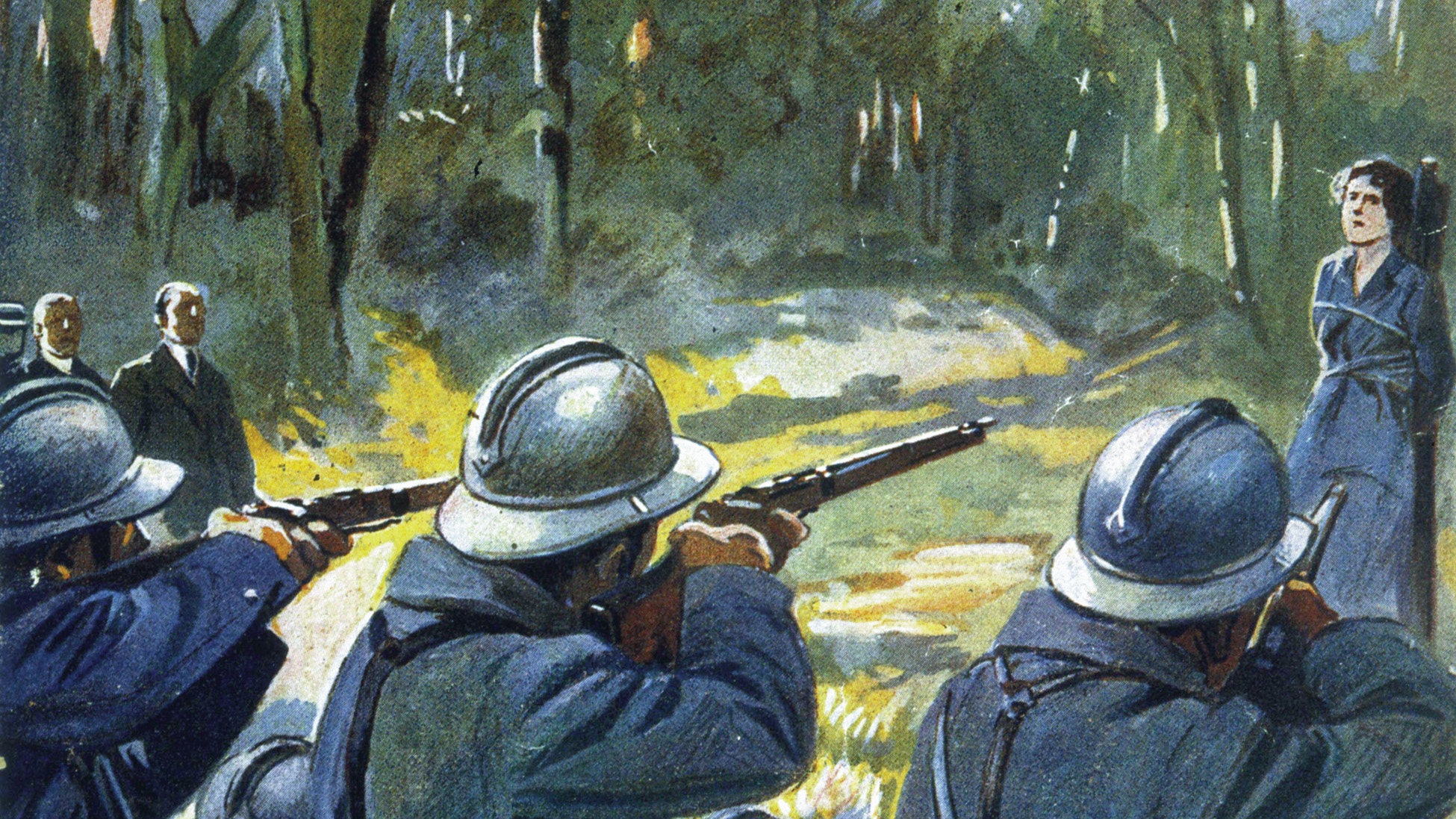
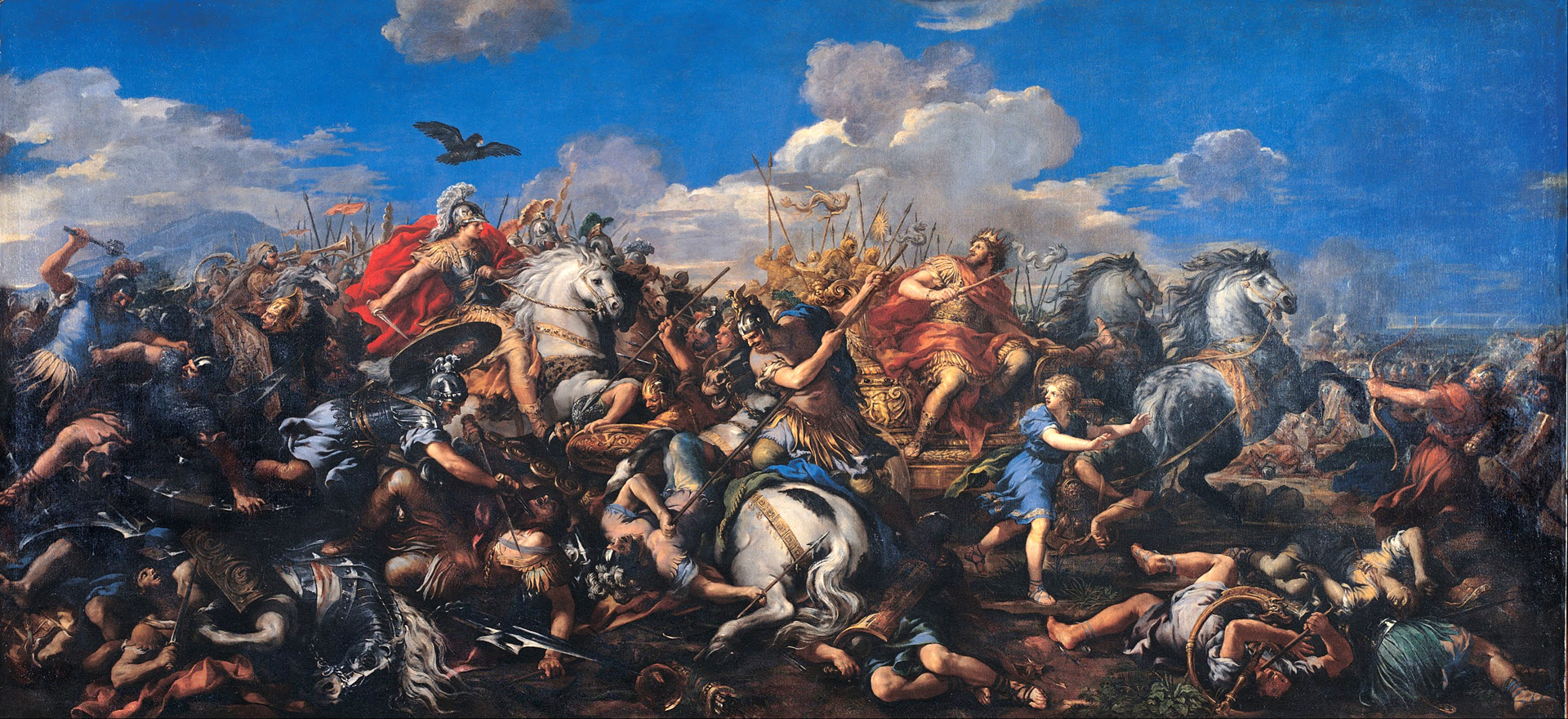

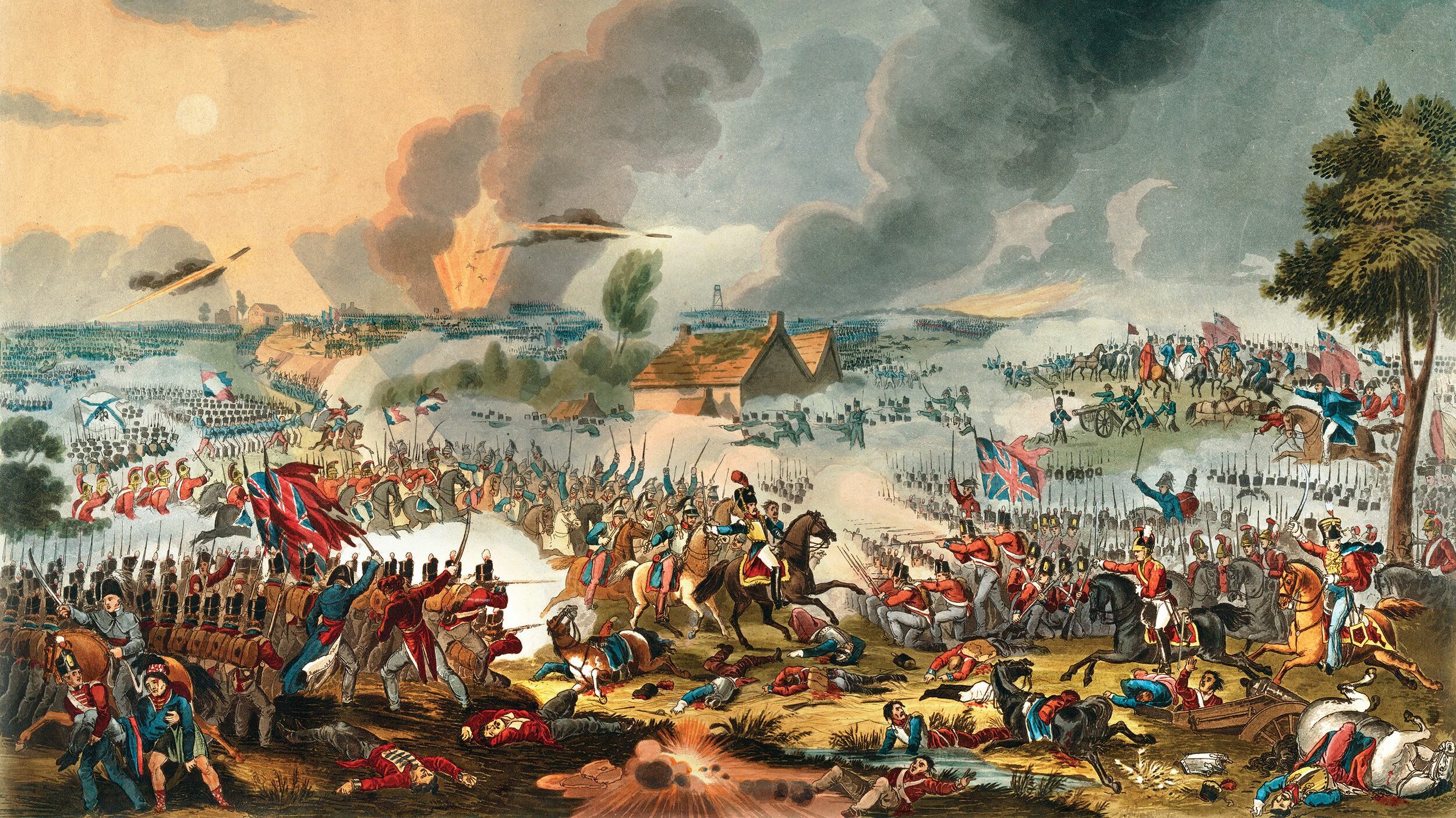
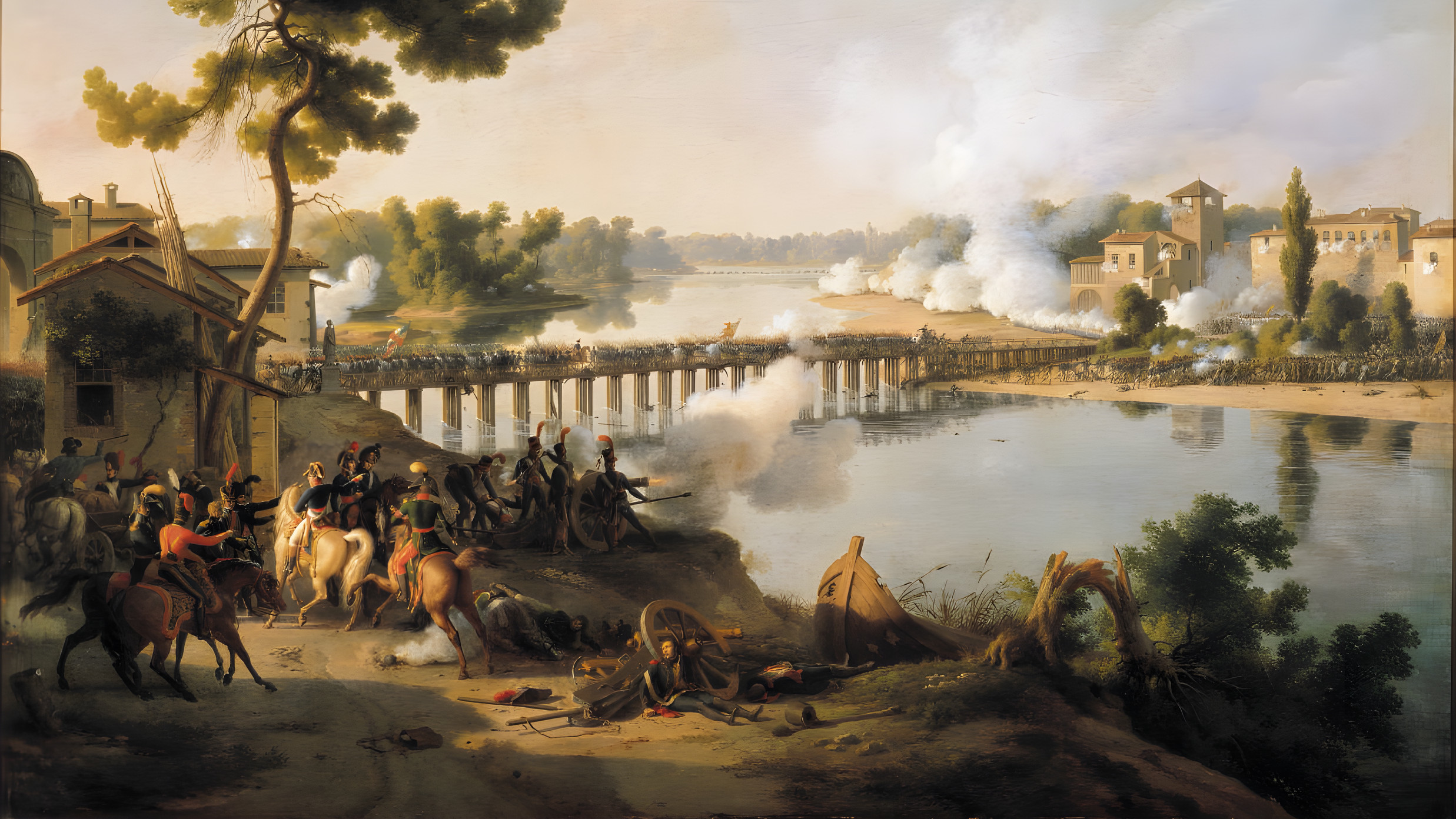

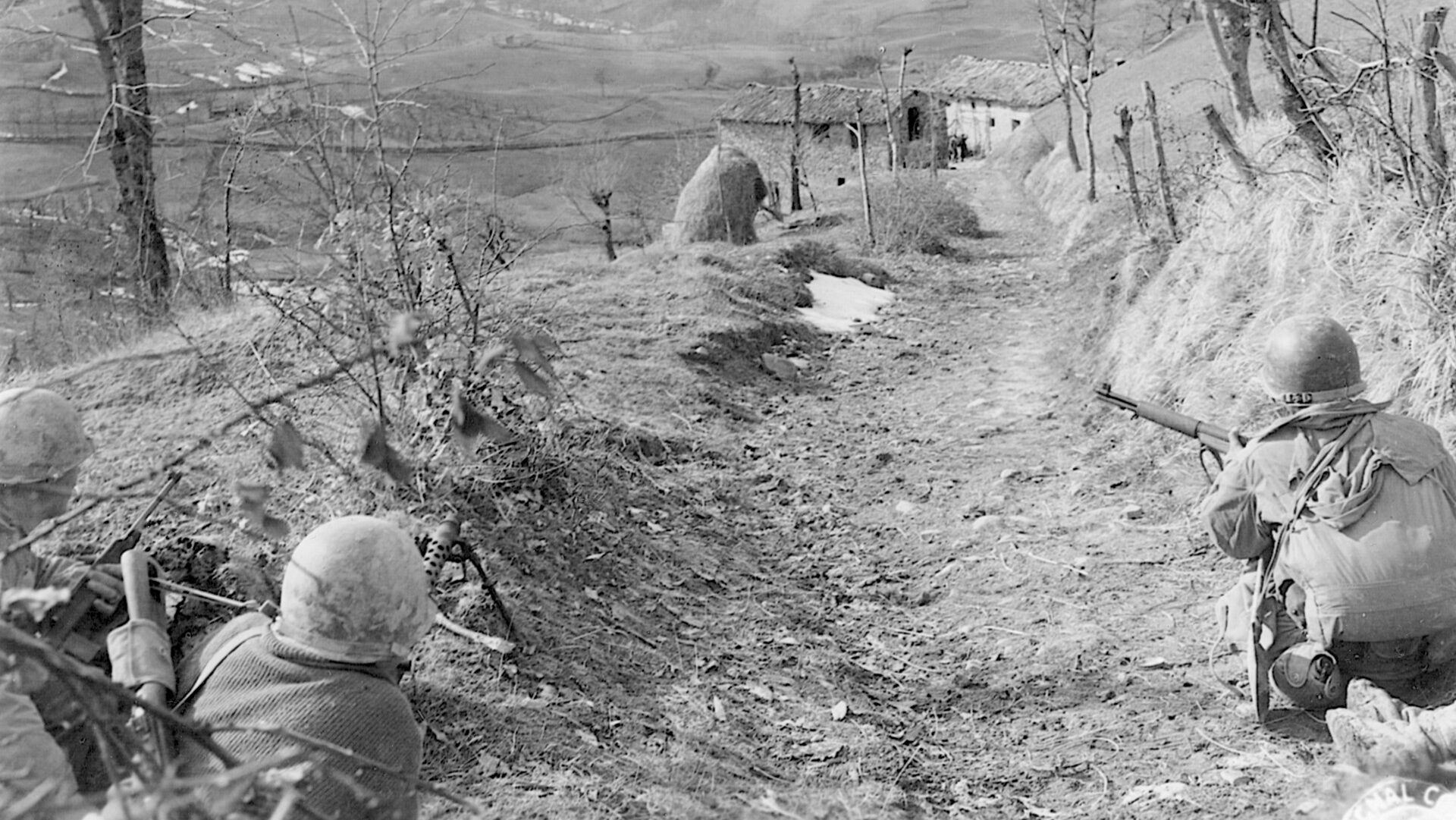
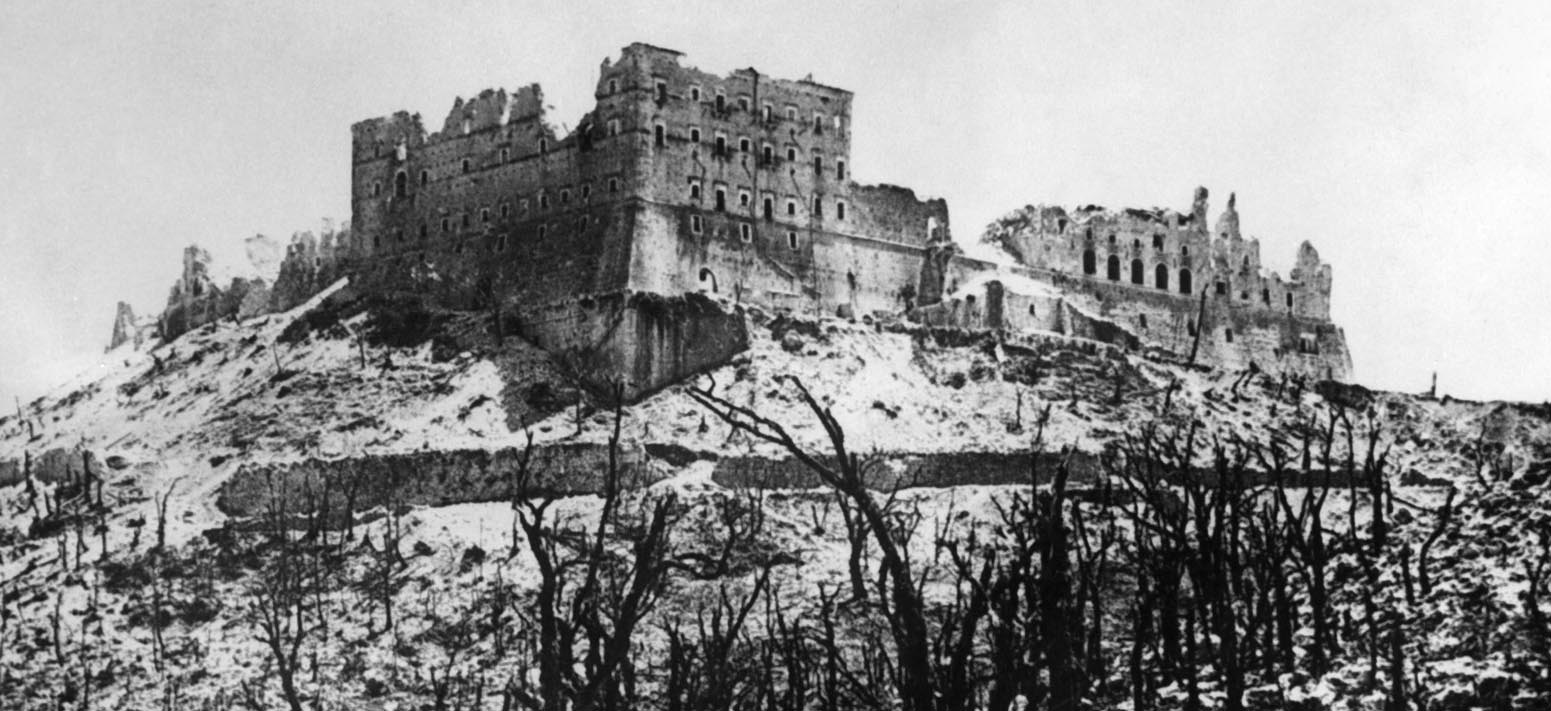

They were quick to juge. She was a lady. Smarter then her lovers